The Philippines is a land of breathtaking beauty, characterized not only by its stunning landscapes but also by its rich biodiversity.
Let’s celebrate National Wildlife Day by exploring the extraordinary realm of the country’s rare and endangered species, shedding light on their unique existence and the urgent need for their preservation.
Philippine Endangered Animals
Tamarraw
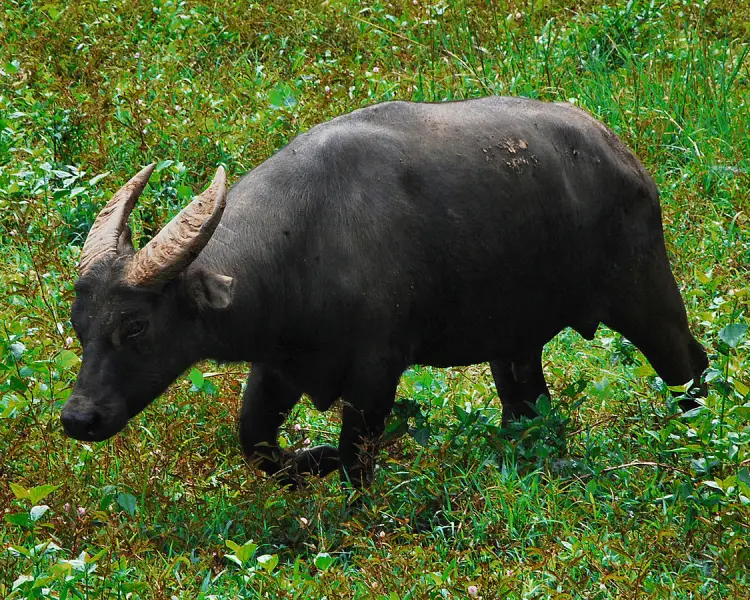
The tamarraw is known as our country’s national land animal. It can only found in the island of Mindoro. While many may mistake this remarkable creature for a subspecies of the more common water buffalo or carabao, it has distinct physical attributes that set it apart: its shorter horns and light-colored facial markings.
As the second-largest native terrestrial animal in our country, the tamaraw plays a crucial role in our ecosystem. But sadly, this national wildlife is becoming extinct because of habitat loss due to illegal logging and modern developments, and illegal hunting.
Only a few hundreds of tamarraws are left in the world. The largest remaining population of tamaraws can be found within the confines of the Mount Iglit-Baco National Park. This protected area serves as a vital sanctuary, dedicated to the preservation of this rare and endangered species.
Tarsier
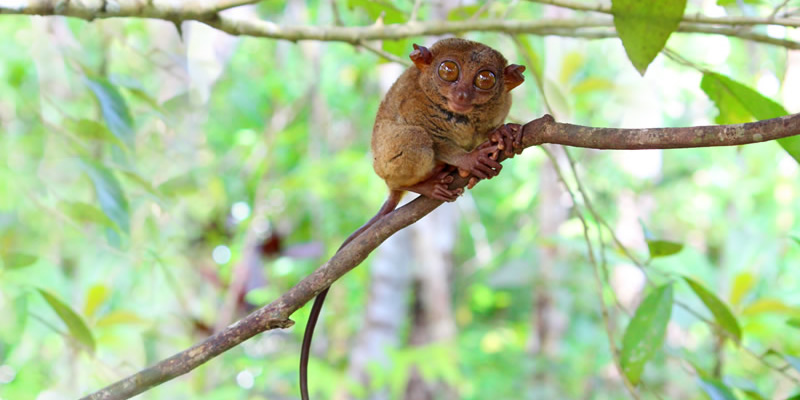
The Philippine tarsier is known as the world’s smallest primate. This adorable creature also shares intriguing similarities with bats. They are nocturnal by nature, finely tuned for nighttime vision and hunting, and their carnivorous diet primarily consists of insects.
Like the tamaraws, tarsiers are at the brink of extinction due to the dual threats of habitat loss and unlawful hunting. In addition, they fall prey to the illegal exotic pet trade.
Philippine Eagle
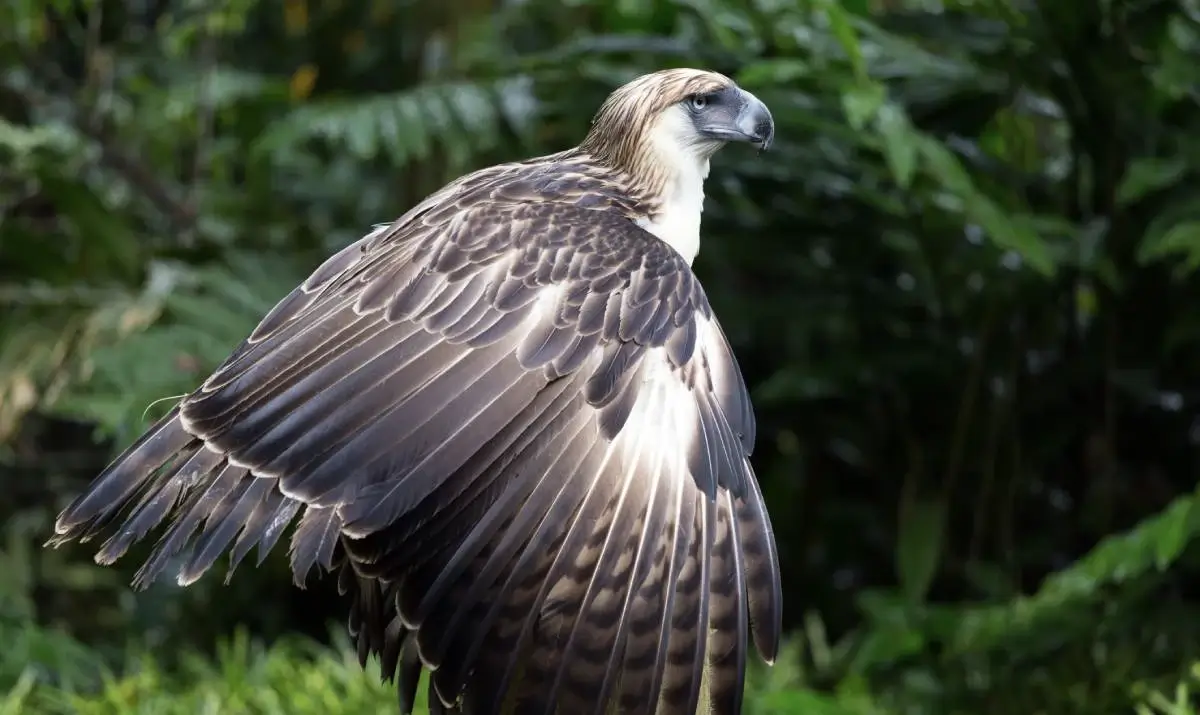
The Philippine Eagle, renowned as the world’s largest eagle, holds the position of being the national symbol of the Philippines. However, this magnificent bird faces a sobering reality as it is currently listed as part of endangered species within the Philippines.
The main cause is habitat loss because of illegal logging and deforestation. To protect this beautiful species, a foundation was made – it is called the Philippine Eagle Foundation. Over the course of 35 years, this dedicated organization has been working hard to safeguard and conserve the Philippine Eagle, ensuring its continued existence in the wild.
Philippine Eagle Preservation
Conservation breeding
In their 35 years of preserving the rare eagle, the Philippine Eagle Foundation has successfully nurtured 28 robust eagles. They use two types of techniques in breeding: one relies on natural pairings, where they facilitate the selection of mates, sometimes allowing the eagles themselves to choose; the other involves a cooperative approach through artificial insemination, a method specifically reserved for eagles with printing anomalies.
Forest guard program
In this program, the Philippine Eagle Foundation partners with indigenous people to protect the breeding sites of the Philippine eagles – they are assigned as forest guards. The organization provided training to the assigned forest guards; this training equips them with the skills needed to effectively monitor the distant breeding habitats of these magnificent birds.
Rescue, rehabilitation, and release
As part of their mission, they rescue injured eagles and take them to the Philippine Eagle Center to receive medical treatment.
These are just some ongoing national wildlife projects they’ve been doing for our environment and our Philippine Eagle. You can visit their website to learn how you can help in their mission.
Visayan Warty Pig
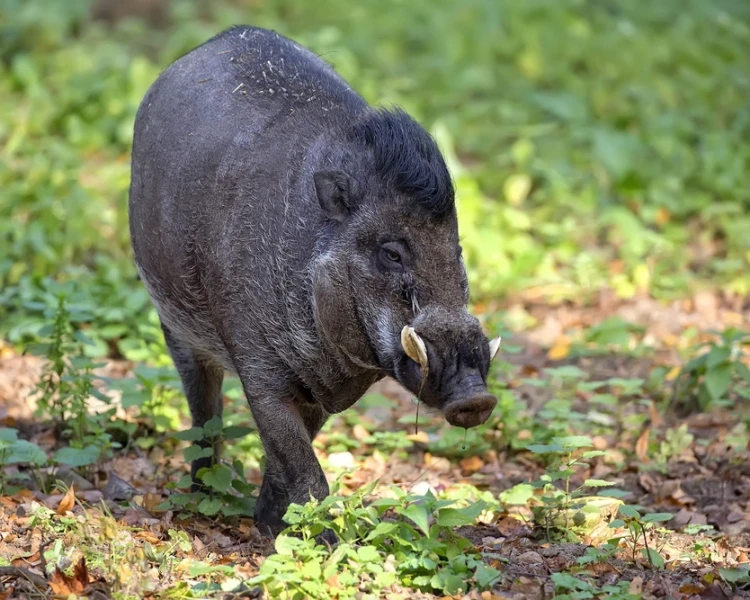
The Visayan warty pig goes by various names in the Visayas region, most of which translate to “wild pig.” Much like the tamarraw, this species is critically endangered because of habitat loss and illegal hunting. Today, they can only be found in Negros and Panay, their last remaining strongholds. What’s unfortunate is very little is known about the Visayan warty pig outside of captivity.
Philippine Forest Turtle
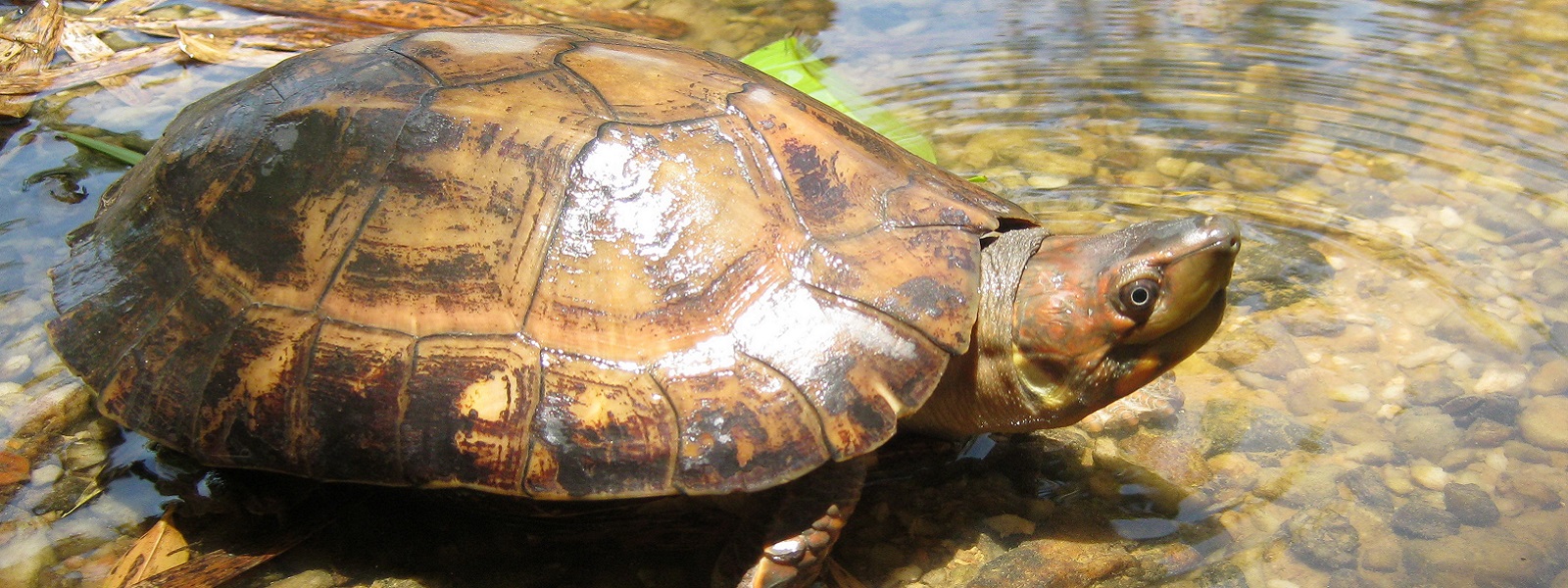
The Philippine Forest Turtle, also recognized as the Philippine Pond Turtle, Palawan Turtle, and Leyte Pond Turtle, is an extraordinary species known for its extreme rarity.
Because of this, it has been a favorite target of illegal pet traders. In fact, in 2015, almost 4,000 forest turtles were part of a trading scheme in China. Fortunately, there’s a dedicated organization similar to the Philippine Eagle Foundation that is strongly committed to preserving this precious species: The Turtle Conservancy Organization. Remarkably, their mission extends beyond the preservation of the Philippine Forest Turtle alone, as they are deeply involved in protecting and conserving a range of turtle species.
Causes of Species Endangerment
Habitat Loss
Habitat degradation refers to when the environment where animals live is changing to something that can barely support natural wildlife. This is one of the main reasons for species endangerment and extinction.
This can happen naturally, like what happened during the Cretaceous period, when the dinosaurs all died because of the asteroid. But it can also be caused by the actions of man. Here are some examples:
Urbanization
Due to the rising population, the construction of housing developments has been a necessity to accommodate the expanding populace of humans. However, not every land is made into a real estate development; some areas are designated for factories that produce essential materials for use of humans.
Illegal logging
Illegal logging is the act of cutting down trees without any authorization or approval from the government. The wood taken from trees is sometimes sold to the black market as timber.
Mining
While mining is a vital part of the economy, its impact on the environment and the national wildlife is concerning. Typically, mining operations focus on pristine, untouched regions, resulting in the disruption and destruction of natural wildlife habitats.
Pollution
Aquatic wildlife are the ones most affected by pollution, with their habitats being contaminated by a range of pollutants, including mining waste, factory emissions, untreated sewage, oil spills, and plastic debris.
Among these threats, plastic pollution stands out as a glaring contributor to the endangerment of aquatic species. Most marine animals, like sea turtles and fishes, suffer from suffocation, entanglement, and ingestion of plastic, which frequently results in fatal consequences.
Poaching
Wild animals captured by poachers face two common fates: they are either pursued for their meat or pushed into the exotic pet trade; exotic pets are much more prone to be sold. Sadly, due to stress and neglect, most sold animals die during transportation.
What You Can Do
To prevent the extinction of these endangered animals, it is crucial be an animal advocate and raise awareness about these valuable species and support efforts to maintain wildlife sanctuaries.
There are preservation organizations – like the International Union for Conservation of Nature, The Philippine Eagle Foundation, and Haribon Foundation – that conduct wildlife conservation efforts to protect these precious species in our country; these organizations establish animal sanctuaries to protect these precious species.
These organizations tackle issues, educate the public, and teach people on vital topics that affect not just the world but the planet we all call home. Hot discussions on climate change, preservation of flora and fauna, taking care of plants that are near extinction. They are actively seeking the support and action of the governments to ensure the safety of nature.
Furthermore, they extend their efforts through educational programs that can bring awareness to future generations about wildlife conservation. These programs not only inform but also encourage participation in activities geared towards the betterment of the environment.
This World Wildlife Day, let us seize the opportunity to take action and be part of this valuable journey of wildlife preservation.

Check out our House and Lot for Sale Properties
Discover our house and lot for sale properties in the Philippines


